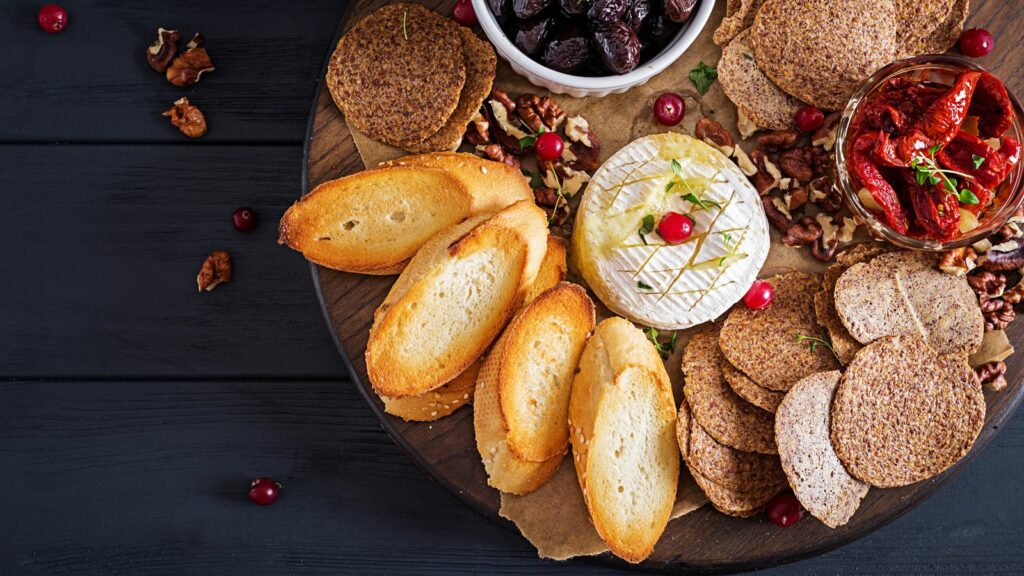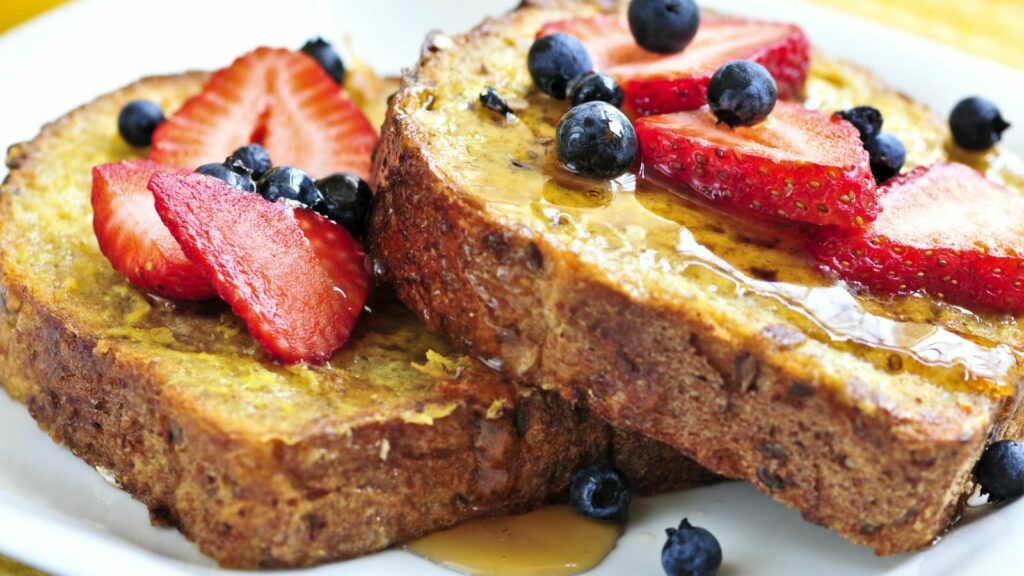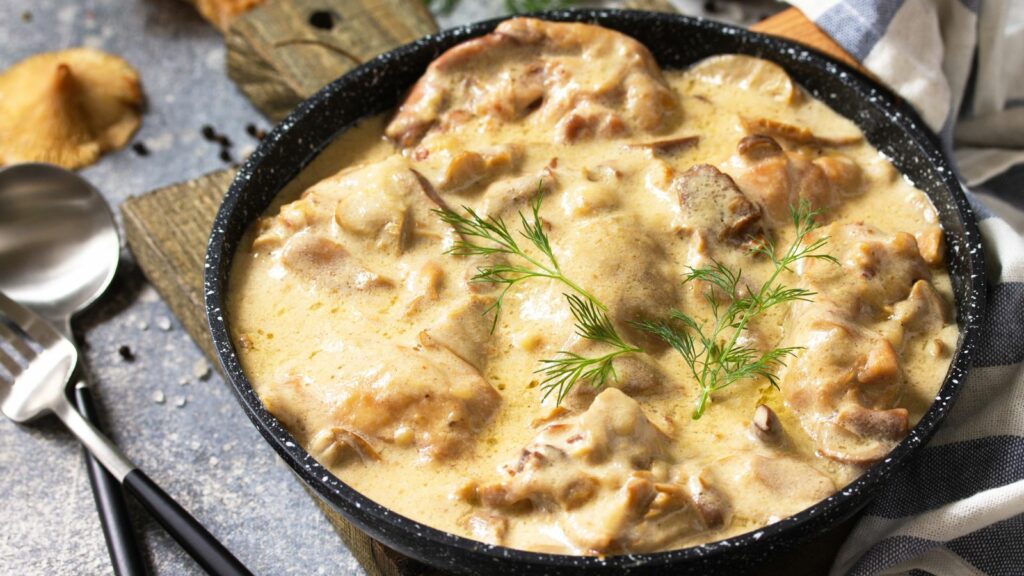Indulge in a culinary journey as we delve into the heart of traditional French cuisine, a gastronomic treasure trove that has shaped global food culture. From the rustic baguettes of Paris to the aromatic bouillabaisse of Marseille, French cuisine is as diverse as it’s delicious.
Steeped in history and regional influences, these dishes tell tales of France’s past while tantalizing your taste buds. We’ll explore the secrets behind their timeless appeal, the ingredients that give them their unique flavors, and the traditions that have been passed down through generations. So, brace yourself for a mouthwatering adventure that’s about to unfold.
Traditional French Cuisine
French cuisine does not originate from a static point in history, instead, it’s an amalgamation of influences, ingredients, and techniques over time.

Gastronomy, the practice of food and dining, finds one of its first roots in France. From as early as 14th century, elaborate meals featuring exotic spices and refined techniques were a central aspect of French nobility’s lives. Sources hint at banquets that boasted dishes like roast swan and peacock, drenched in sauces made from richly-acquired Asian spices such as nutmeg and cinnamon. While these meals signified luxury, the artistry of French cuisine developed over centuries, blending flavors and expanding techniques.
One crucial era that shaped French cuisine was the 17th century, a period steeped in nobility and grandeur. During this period, French cook Francois Massialot penned one of the earliest French cookbooks, Le Cuisinier roïal et bourgeois. Massialot’s compilation detailed preparation methods, cooking times, and presentation styles, guiding cooks to create visually appealing and flavorful dishes.
Key Ingredients in Traditional French Cuisine
In the realm of traditional French cuisine, certain ingredients help to define its distinct flavors and textures. Considered as the building blocks of French gastronomy, these ingredients are used across the breadth of dishes, from simple soups to complex main courses.

French cuisine isn’t particularly known for its overt spiciness or heat. Nonetheless, it does incorporate a medley of spices and herbs that bring subtlety, depth, and complexity to dishes. Herbs de Provence, a mixture that often includes thyme, rosemary, and oregano, pervades many Southern French dishes. Items like bay leaves, sage, tarragon, saffron, and nutmeg also find frequent use in the culinary landscape.
In terms of fresh herbs, parsley reigns supreme, providing a vibrant garnish to an array of dishes. Chives, tarragon, and thyme also contribute to the palette of flavors. Garlands of fresh herbs, better known as ‘bouquet garni’, which typically includes thyme, bay leaf and parsley, are a key feature in stocks, soups, and braises.
Diving into the heart of French culinary preparations, a handful of ingredients rise to prominence. These include butter, cream, and cheese, which give the cuisine its rich, indulgent reputation.Particularly, the country holds pride in its array of over 1,000 types of cheese, with classics like Camembert, Brie, Roquefort, and Comté, playing eminent roles.
Iconic Dishes of Traditional French Cuisine
Building on the strong foundation of key French ingredients elucidated in the previous section, we now turn our focus to the iconic dishes of traditional French cuisine. These dishes, enriched by the spices, herbs, staples, and fruits detailed earlier, narrate the tale of French culinary heritage in their unique ways.

Regional culinary specialties, born from diverse regional landscapes and resources, characterize France’s gastronomic panorama. Coq au Vin, a traditional French recipe, puts poultry at the center, simmered in red wine typically from Burgundy, accentuating the integral role of wine in French cuisine.
Bouillabaisse, another specialty, emerges from the southern port city of Marseille. This dish, a rich fish stew with at least three kinds of local fish, illustrates the region’s bounty from the sea and the use of saffron, a common spice in Southern French cuisine.The Cassoulet, originating from the Languedoc region, showcases the importance of legumes. A hearty bean stew, it often includes mutton, pork skin, and sausage, underscoring the French fondness for various meats.

